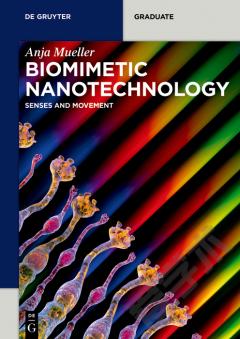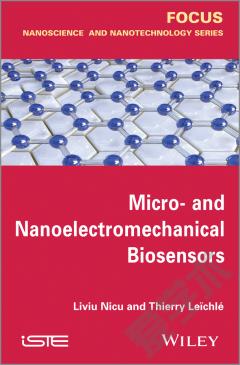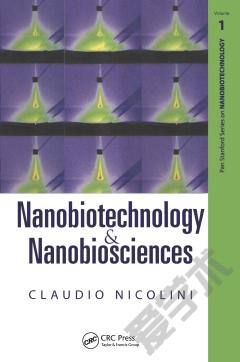Nanotechnology and Biosensors
Nanotechnology and Biosensors shows how nanotechnology is used to create affordable, mass-produced, portable, small sized biosensors to directly monitor environmental pollutants. In addition, it provides information on their integration into components and systems for mass market applications in food analysis, environmental monitoring and health diagnostics. Nanotechnology has led to a dramatic improvement in the performance, sensitivity and selectivity of biosensors. As metal-oxide and carbon nanostructures, gold and magnetite nanoparticles, and the integration of dendrimers in biosensors using nanotechnology have contributed greatly in making biosensors more effective and affordable on a mass-market level, this book presents a timely resource on the topic.Highlights nanotechnology-based approaches to the detection of enzyme inhibitors, direct enzymatic and microbial detection of metabolites, and nutrients using biosensorsIncludes examples on how nanotechnology has lead to improvements in the construction of portable, selective and sensitive biosensing devicesOffers thorough coverage of biomarker/biosensor interaction for the rapid detection of toxicants and pollutants
{{comment.content}}








 京公网安备 11010802027623号
京公网安备 11010802027623号